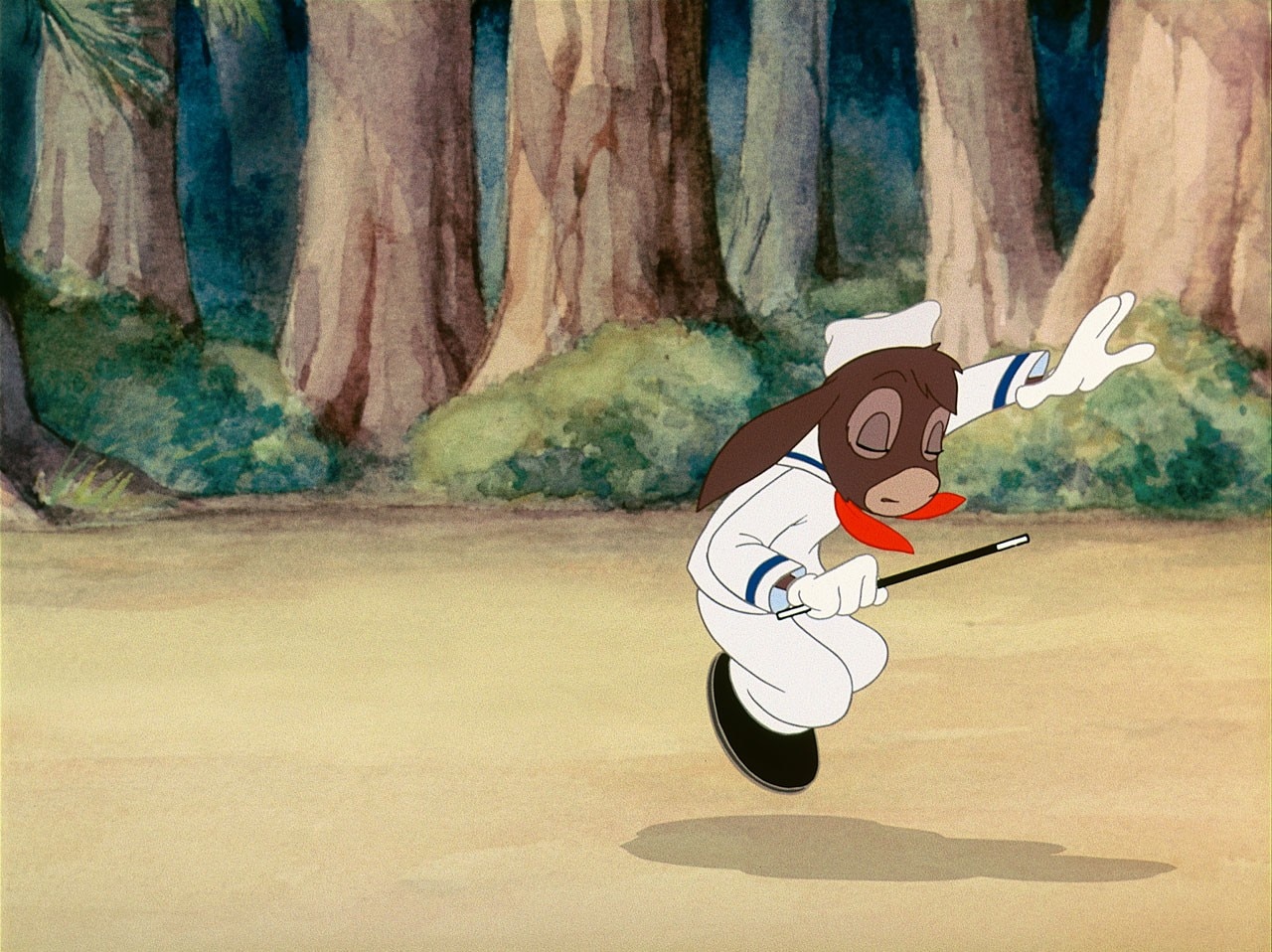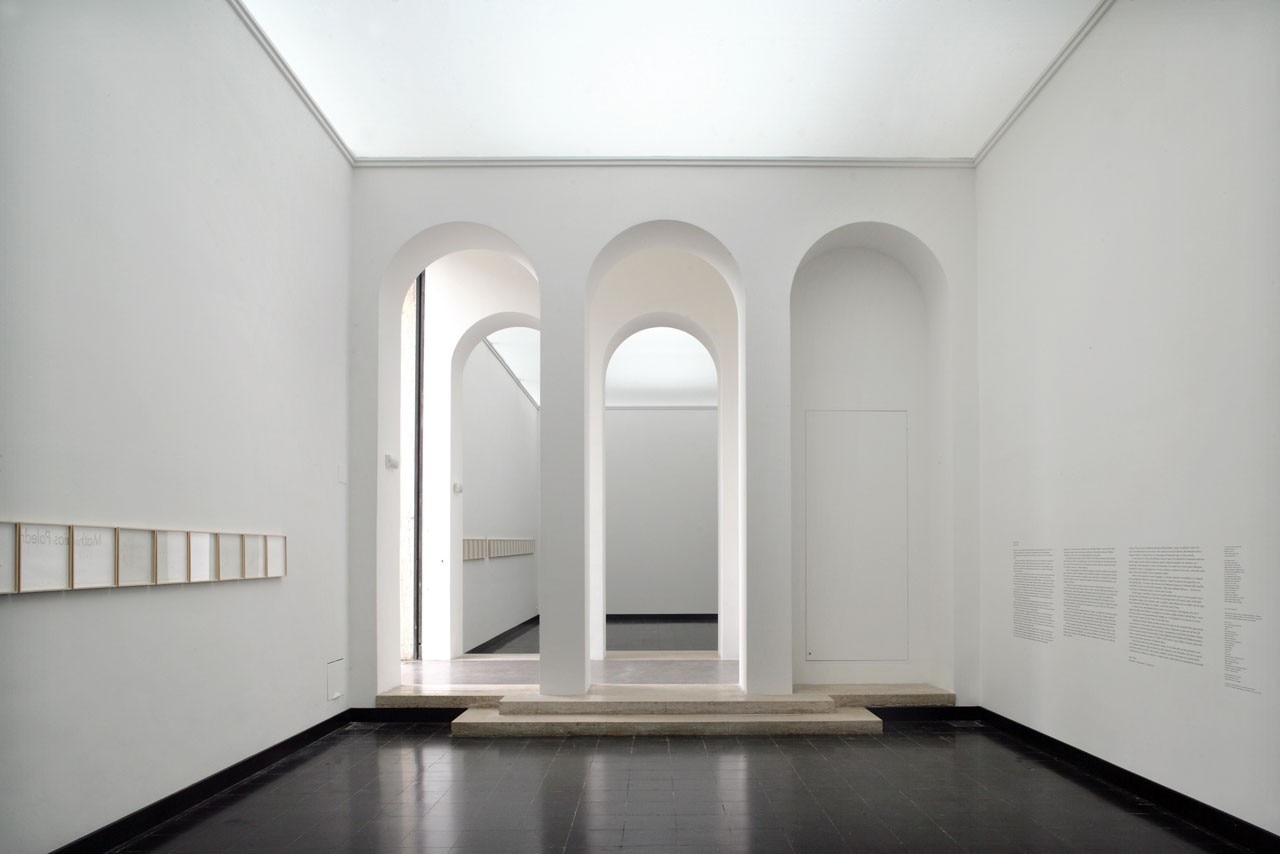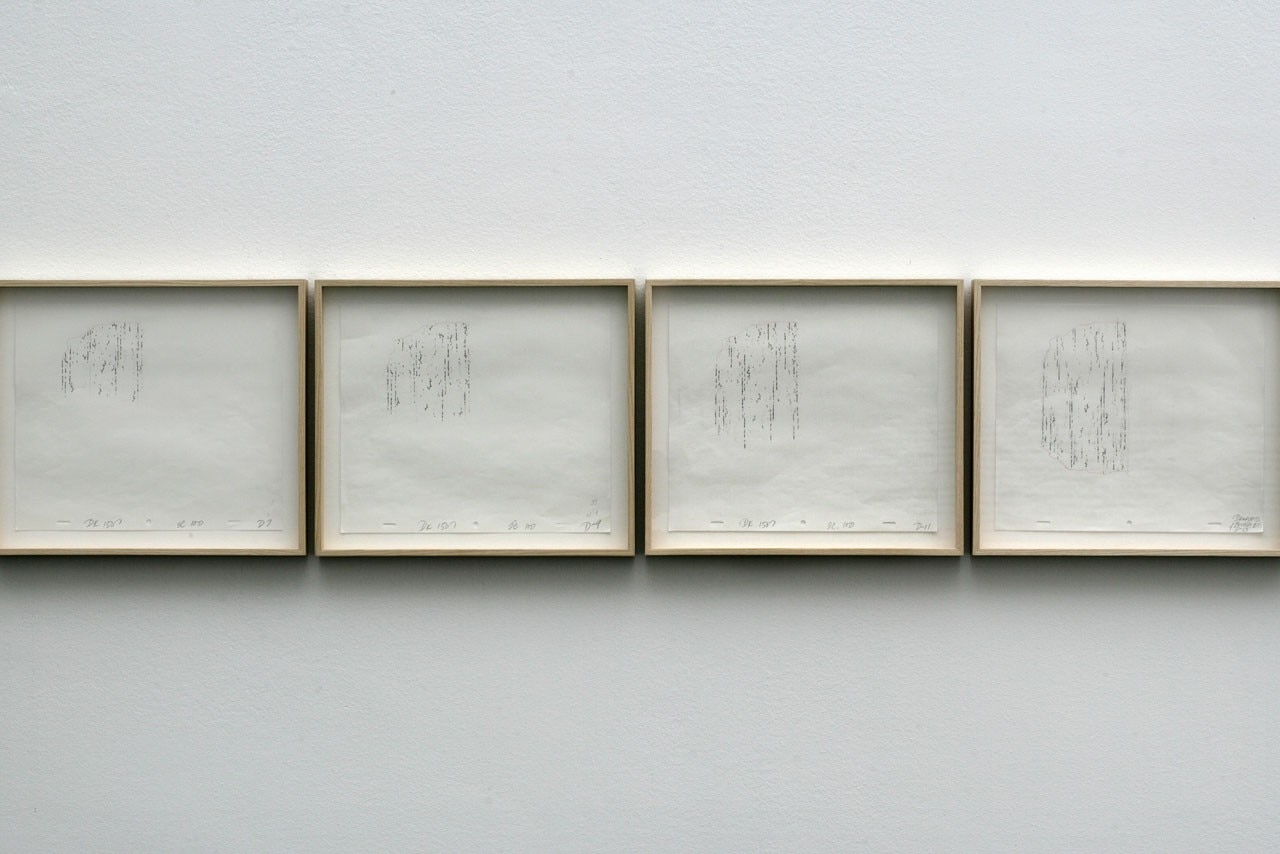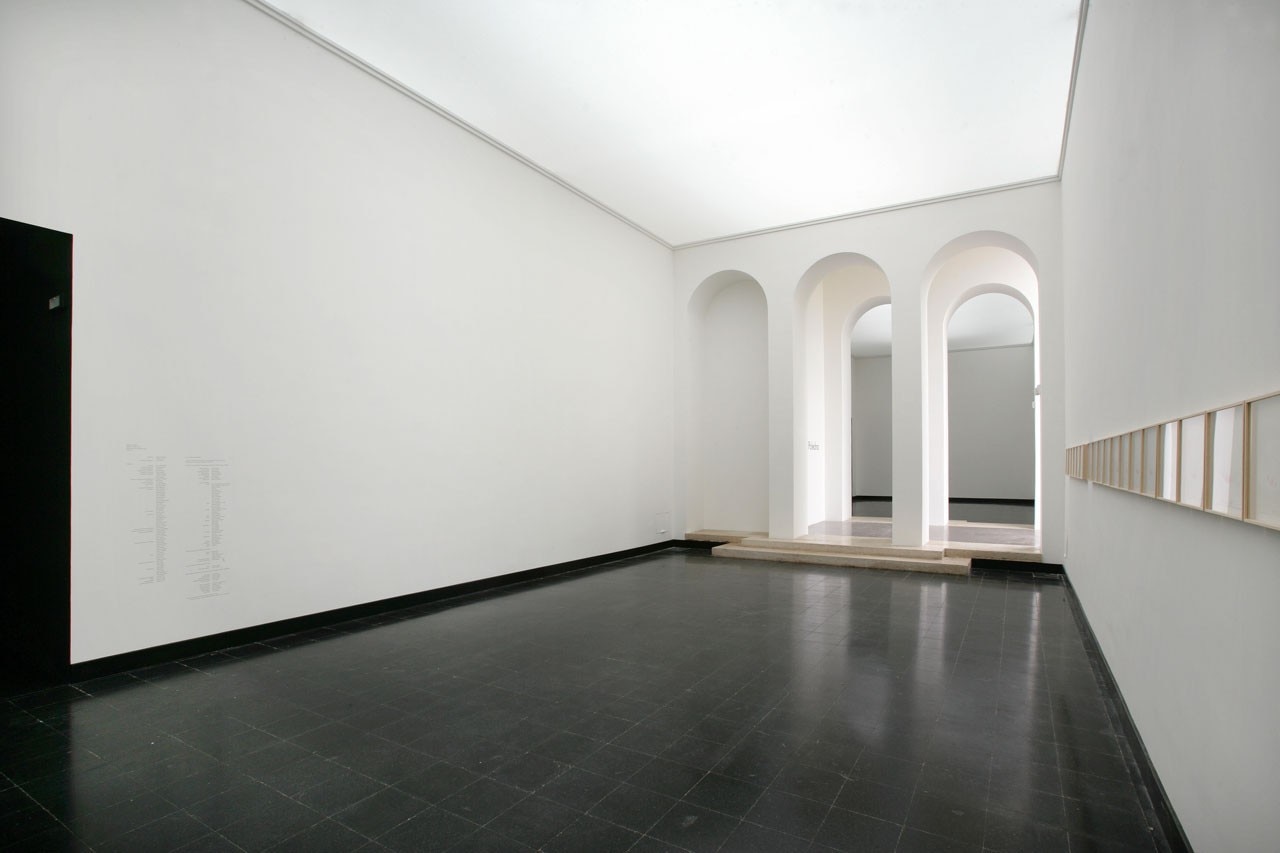
Born in 1965 in Vienna, Poledna lived in Los Angeles for many years. Here, he was able to find the necessary professional skills for a project that is simultaneously titanic but obsolete, incredibly utopian but concrete, and nostalgic but very contemporary.
With the collaboration of film studios in California, the Austrian artist created a three-minute hand-drawn animated film using more than 5,000 drawings, sketches and watercolours, just like in the glory days of Disney. The film’s musical score —recorded by a full orchestra in Warner Brothers’ LA studio — blends specifically written music with the rearrangement of a 1930s hit song by famed songwriter duo Arthur Freed and Nacio Herb Brown.

Imitation of Life is being shown in the temporary addition to the Austrian Pavilion, designed by architects Kuehn Malvezzi, who transformed Robert Kramreiter and Josef Hoffmann’s 1934 building in the gardens of the Biennale Gardens into a screening room, reversing the relationship between interior and exterior.
In Poledna’s film, the donkey does a few dance steps while singing along to the soundtrack in a forest full of surprises: singing birds and chubby bunnies are the main characters in a moment of levity and fun. With its simple and straightforward narrative structure, Imitation of Life refers to the cartoon as a language of pure joy in a fantasy world with no worries, anxieties or fatigue that pervades the viewer’s every pore.






